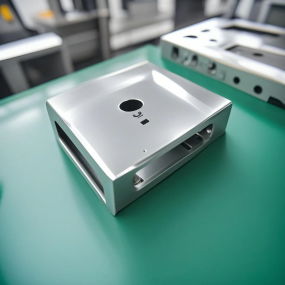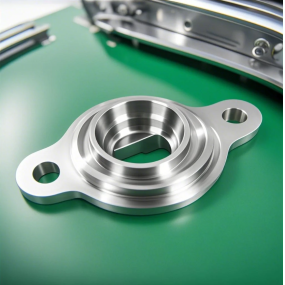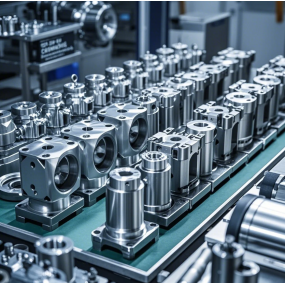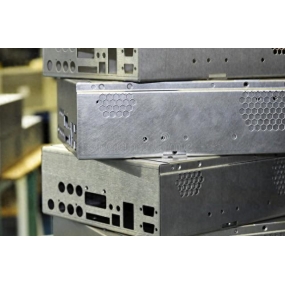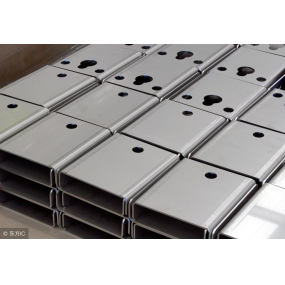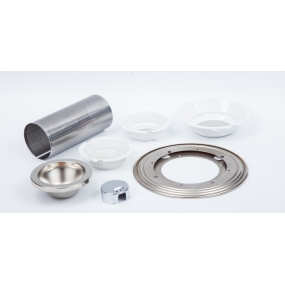The frame of the semiconductor equipment cabinet is composed of aluminum profiles. The semiconductor equipment cabinet is generally rectangular or rectangular, and the surrounding baffles, top and bottom plates are generally made of aluminum alloy plates. Unlike other cabinet shields, the baffles used in semiconductor equipment cabinets are mostly aluminum alloy plates, which are related to the performance of the equipment. Next, let's take a look at the commonly used profiles and wiring techniques for semiconductor cabinets. Common profiles for semiconductor cabinets include 3030, 4040, and 4080 aluminum profiles, but the structure of semiconductor cabinets is not limited to these profiles that can be assembled. It is also necessary to connect the baffle with aluminum profile related accessories. With the main frame structure and baffle section, it is necessary to use aluminum profile related accessories to connect the profiles and plates. Semiconductor cabinets require corner pieces, bolts, nuts, built-in connectors, and end caps for sealing. In fact, just like semiconductor cabinets, all aluminum frames, whether structurally simple or complex, are assembled by connecting aluminum and aluminum accessories. Therefore, choosing a suitable aluminum manufacturer is not a problem. A semiconductor cabinet is a multifunctional aluminum frame customized with aluminum profiles according to the appearance and weight requirements of semiconductor applications. Here, we recommend several customized specifications of aluminum profiles for semiconductor cabinets. 2、 Semiconductor cabinet wiring skills: Once the cabinet network cables are piled up too much, if there is no plan in advance, it will also appear messy. From this perspective, the following is how to better route the wiring to facilitate subsequent maintenance or replacement. The tools to be used include: wire clamps, wire cutters, wire cutters, cable trays, wire clips, zip ties, tape, crystal heads, and a set of wire processing equipment. The wiring of most cabinets, how to do it well, has already been decided in the cabinet structure design stage. The common cabinet wiring techniques are as follows: 1. Use cable trays, and the cabinet wiring rack is made of 1U or 1SU sheet metal parts with N teeth. The length of cable teeth is related to the size of network equipment and the turning radius of cables. 2. Using a steel wire bridge, the so-called steel wire bridge is a shaped structure whose radius protrudes like a small bridge frame inside the cabinet. It can be understood as a protrusion on the cabinet board where cables can be tied. Ordinary line bridges will appear in the subdivision partitions, columns, and square hole bars where equipment panels are located in the cabinet. 3. Using a winding reel, similar to a cable rack, for laying optical fibers in communication equipment. 4. Flexible use of wiring cylinders, the so-called feeder refers to the feeder that needs to be wired in different subdivision compartments when wiring on the subdivision compartment walls. The inlet (outlet) pipe is usually located in two compartments that need to be isolated from each other, such as the equipment compartment and the battery compartment.
5. The use of zip ties and labels, which are also the basic methods mentioned above, is very important. The use of zip ties is simple and flexible, and the use of labels makes it easy to identify the cable after laying, reducing maintenance difficulty.
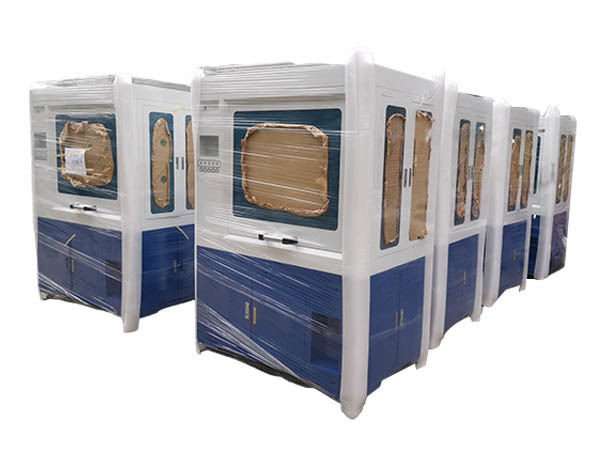


 Spanish
Spanish Arabic
Arabic French
French Portuguese
Portuguese Belarusian
Belarusian Japanese
Japanese Russian
Russian Malay
Malay Icelandic
Icelandic Bulgarian
Bulgarian Azerbaijani
Azerbaijani Estonian
Estonian Irish
Irish Polish
Polish Persian
Persian Boolean
Boolean Danish
Danish German
German Filipino
Filipino Finnish
Finnish Korean
Korean Dutch
Dutch Galician
Galician Catalan
Catalan Czech
Czech Croatian
Croatian Latin
Latin Latvian
Latvian Romanian
Romanian Maltese
Maltese Macedonian
Macedonian Norwegian
Norwegian Swedish
Swedish Serbian
Serbian Slovak
Slovak Slovenian
Slovenian Swahili
Swahili Thai
Thai Turkish
Turkish Welsh
Welsh Urdu
Urdu Ukrainian
Ukrainian Greek
Greek Hungarian
Hungarian Italian
Italian Yiddish
Yiddish Indonesian
Indonesian Vietnamese
Vietnamese Haitian Creole
Haitian Creole Spanish Basque
Spanish Basque


